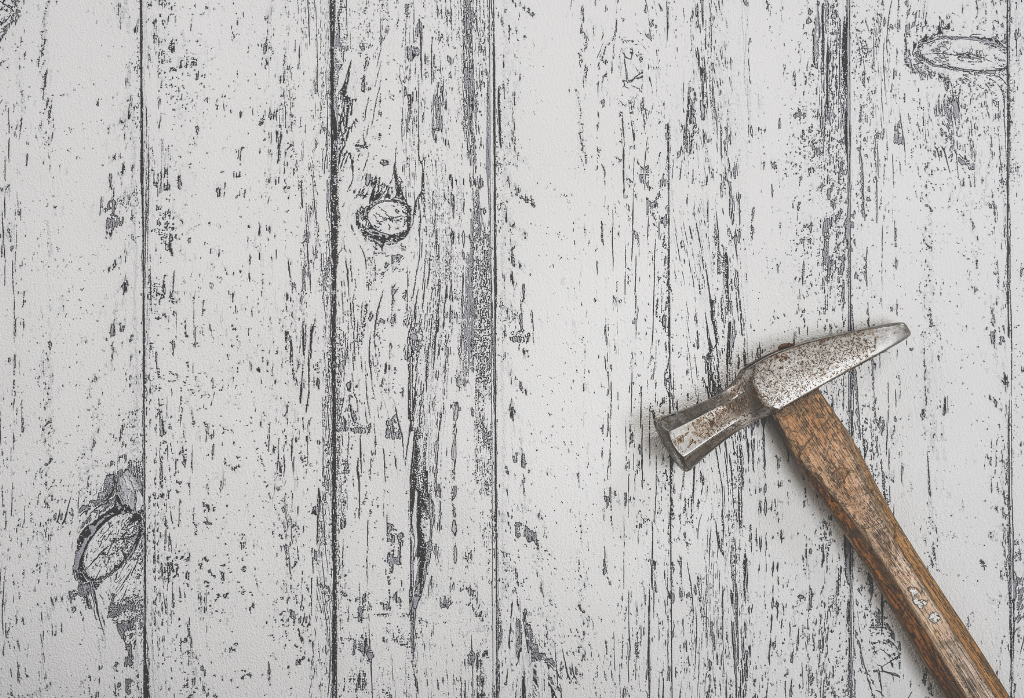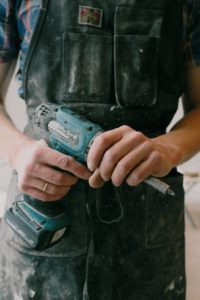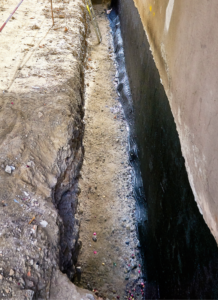What DIY Waterproofing Solutions Can Harm Your Basement?

When it comes to many home projects, doing it yourself is a proper solution. There are many places around the house where amateur handy people can put their skills to good use. One area we don’t recommend this work is the basement.
While it might sound like a way to cut down on expenses, DIY waterproofing solutions can do much more harm than good, costing more in the long run.
Self-Examinations
 Correctly solving the problems with a foundation can’t be done without a bit of expertise. It’s why the first DIY waterproofing solution we caution against is also one of the most harmful: self-examinations. If you make the wrong diagnosis, think it’s an easy fix, and work on the foundation yourself, you’ve only made the issues needing fixing worse – and more costly when a professional has to handle them.
Correctly solving the problems with a foundation can’t be done without a bit of expertise. It’s why the first DIY waterproofing solution we caution against is also one of the most harmful: self-examinations. If you make the wrong diagnosis, think it’s an easy fix, and work on the foundation yourself, you’ve only made the issues needing fixing worse – and more costly when a professional has to handle them.
Many professionals have the tools and skills to inspect problems before making major renovations, including cameras that check the condition of the weeping tile. Contractors also have moisture detectors to examine the basement’s interior and get a sense of the true extent of the issue.
DIY Foundation Coating
Waterproofing a home means digging up the area around the foundation, applying the solution of choice, and backfilling the trench. Many potential DIYers use a variety of materials they think will prevent water from seeping through the concrete. Most of these membranes of coatings are not long-term solutions in and of themselves, especially if you don’t repair the foundation first.
a home means digging up the area around the foundation, applying the solution of choice, and backfilling the trench. Many potential DIYers use a variety of materials they think will prevent water from seeping through the concrete. Most of these membranes of coatings are not long-term solutions in and of themselves, especially if you don’t repair the foundation first.
You must treat every weakness and use the right materials when waterproofing a foundation’s exterior. If you don’t fill in every crack before applying a tar, you haven’t repaired the problem; and if you buy the wrong tar for long-term waterproofing, you’ve made the situation even worse.
Interior Drainage Channels
In the absence of time or equipment needed to dig around the foundation, some homeowners will try to install an interior drainage channel on the inside of their basement. In professional hands, a perimeter drain system around the foundation can be an effective solution, especially if the home is built on a high water table. However, while the materials are simple, the work can be very complicated.
Installing or extending a drain tile is a messy, intense job. To install one in the interior of your foundation, a crew of workers trained to use jackhammers will remove a lot of the concrete, lay down a pipe, then use gravel or crushed stone. All in all, the system will direct and drain the water to the proper place, e.g. the home’s sump pump.
Any foundation protection and waterproofing job will be labour-intensive, and many things can go wrong in dangerous ways. No YouTube video can prepare you for unsettled soil or improper timetables. It’s not uncommon for our team to finish a job started by a homeowner who thought DIY basement waterproofing was easy.
